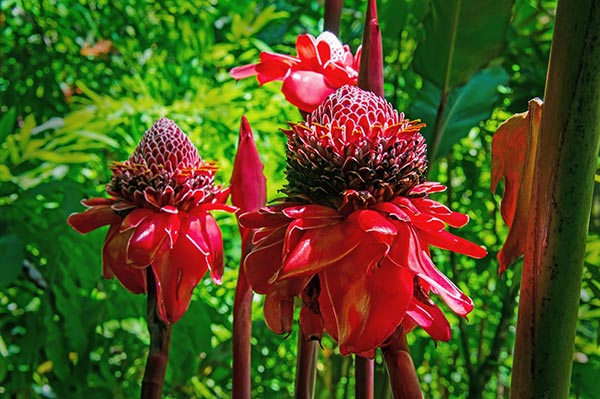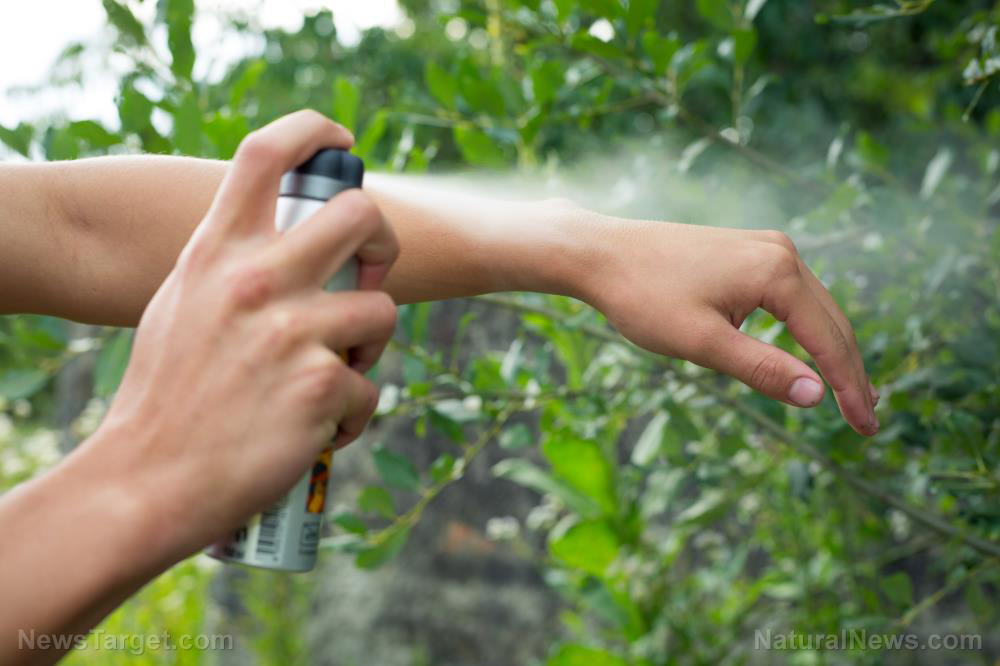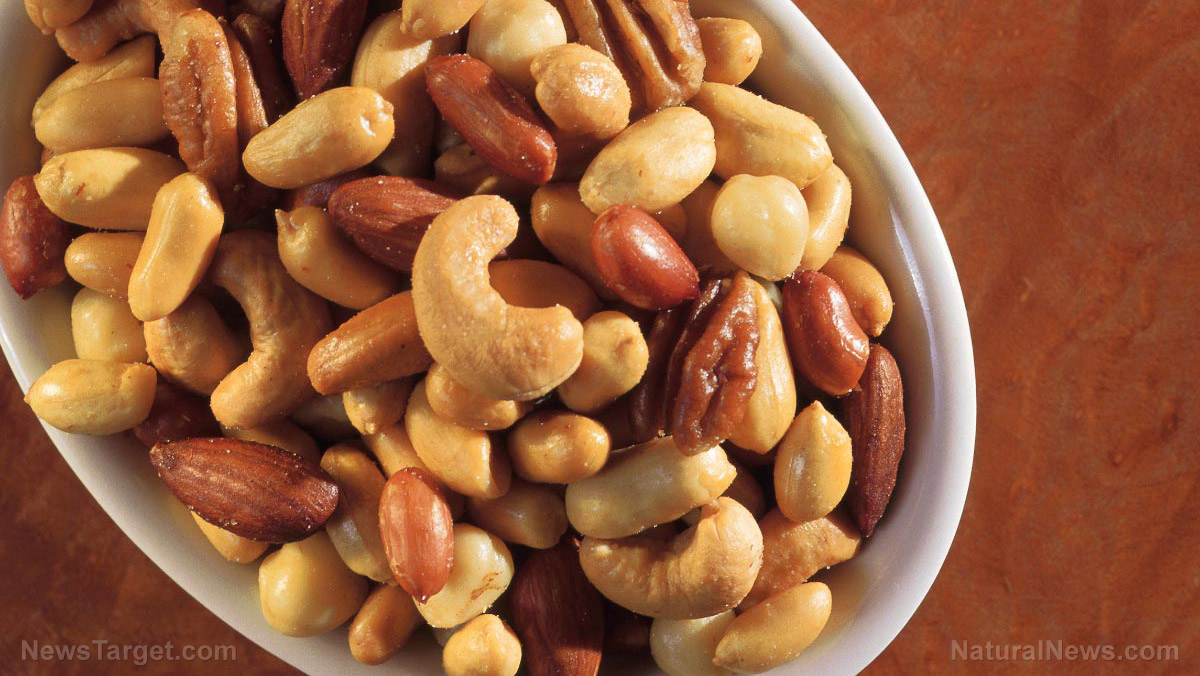Exploring the protective effects of Etlingera hemisphaerica leaf extracts against mercuric chloride toxicity
03/16/2021 // Evangelyn Rodriguez // Views
Tags: alternative medicine, goodhealth, goodmedicine, goodscience, helani tulip ginger, herbal medicine, Herbs, mercuric chloride, natural cures, natural medicine, poison, remedies, research, toxic chemicals, toxins

- For their experiment, the researchers gave 95 male mice food and drink ad libitum while administering different concentrations of LE3H (0.13, 0.26, 0.39 mg/g body weight) by gavage.
- HgCl2 (5 mg/kg body weight) was also administered by gavage or through intraperitoneal injection.
- Imunos ( 0.2 mg/g body weight), a nutritional supplement that stimulates the immune system, served as the positive control for LE3H and was also given by gavage.
- The researchers then took blood samples from the tails of the mice to determine the number of blood cells.
- Eventually, they also took blood samples from the hearts of the animals for protein electrophoresis.
- The researchers reported that rats treated with 0.39 mg/g LE3H had the same number of leukocytes as rats given the positive control.
- Administration of HgCl2 increased the number of leukocytes and decreased the number of erythrocytes.
- However, subsequent treatment with 0.39 mg/g LE3H protected reversed the toxic effects of HgCl2, suggesting a protective effect of LE3H on red blood cells.
- Protein electrophoresis results revealed that HgCl2 caused the expression of a new 125 kDa protein and the overexpression of a 48 kDa protein, which treatment with 0.39 mg/g LE3H also reversed.
Based on these findings, the researchers concluded that the ethanolic leaf extract of E. hemisphaerica exerts a protective effect against HgCl2 toxicity in the blood.
Journal Reference:
Ruyani A, Putri RZE, Jundara P, Gresinta E, Ansori I, Sundaryono A. PROTECTIVE EFFECT OF LEAF ETHANOLIC EXTRACT ETLINGERA HEMISPHAERICA BLUME AGAINST MERCURIC CHLORIDE TOXICITY IN BLOOD OF MICE. Journal of Dietary Supplements. 16 February 2018;16(1):51–65. DOI: 10.1080/19390211.2018.1429516
Related Topics
alternative medicine goodhealth goodmedicine goodscience helani tulip ginger herbal medicine Herbs mercuric chloride natural cures natural medicine poison remedies research toxic chemicals toxinsLatest News
Related News
07/14/2023 / By Ethan Huff
07/12/2023 / By Zoey Sky
07/10/2023 / By Zoey Sky
07/10/2023 / By Ethan Huff
Take Action:
Support Natural News by linking to this article from your website.
Permalink to this article:
Copy
Embed article link:
Copy
Reprinting this article:
Non-commercial use is permitted with credit to NaturalNews.com (including a clickable link).
Please contact us for more information.
Please contact us for more information.






















